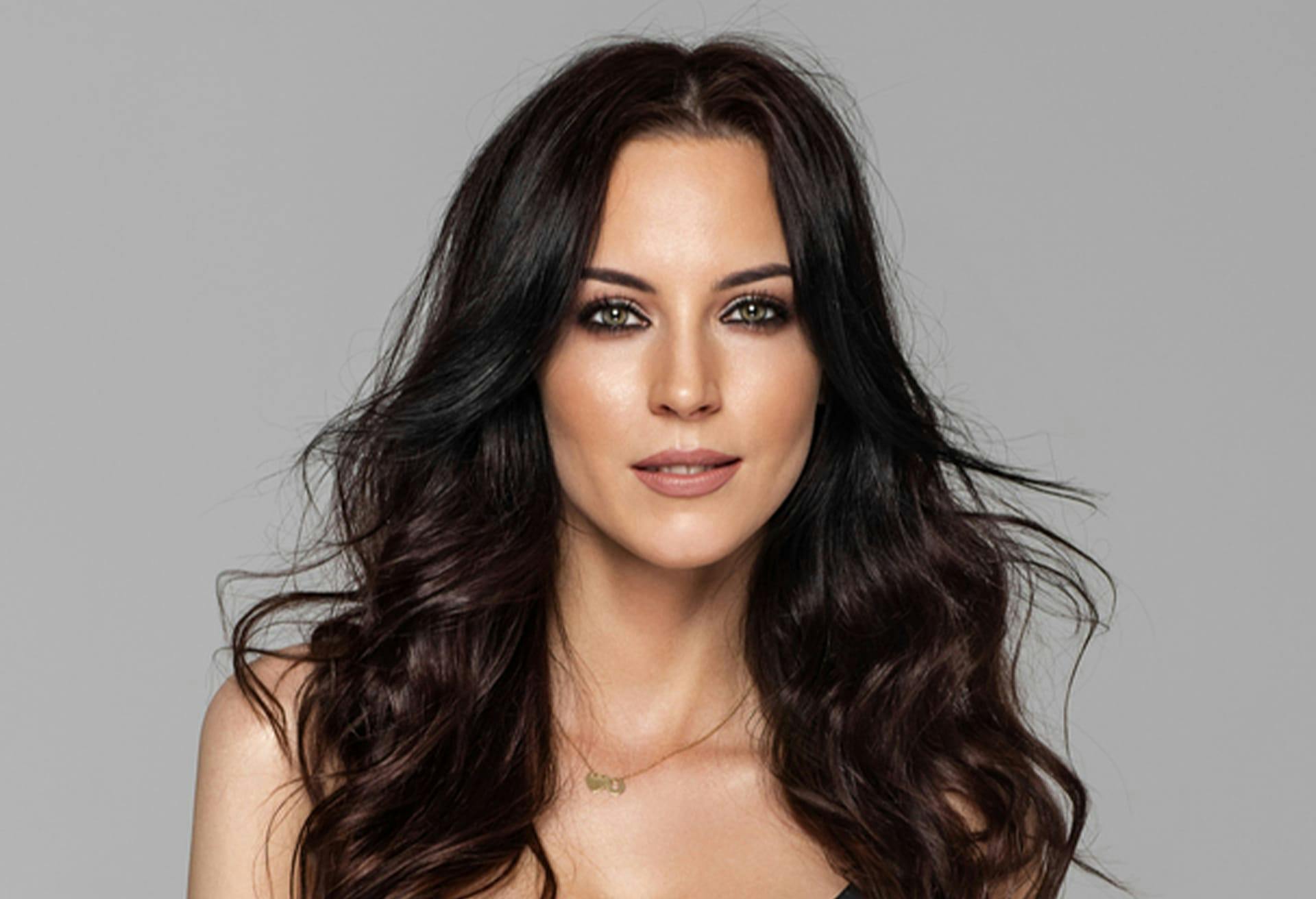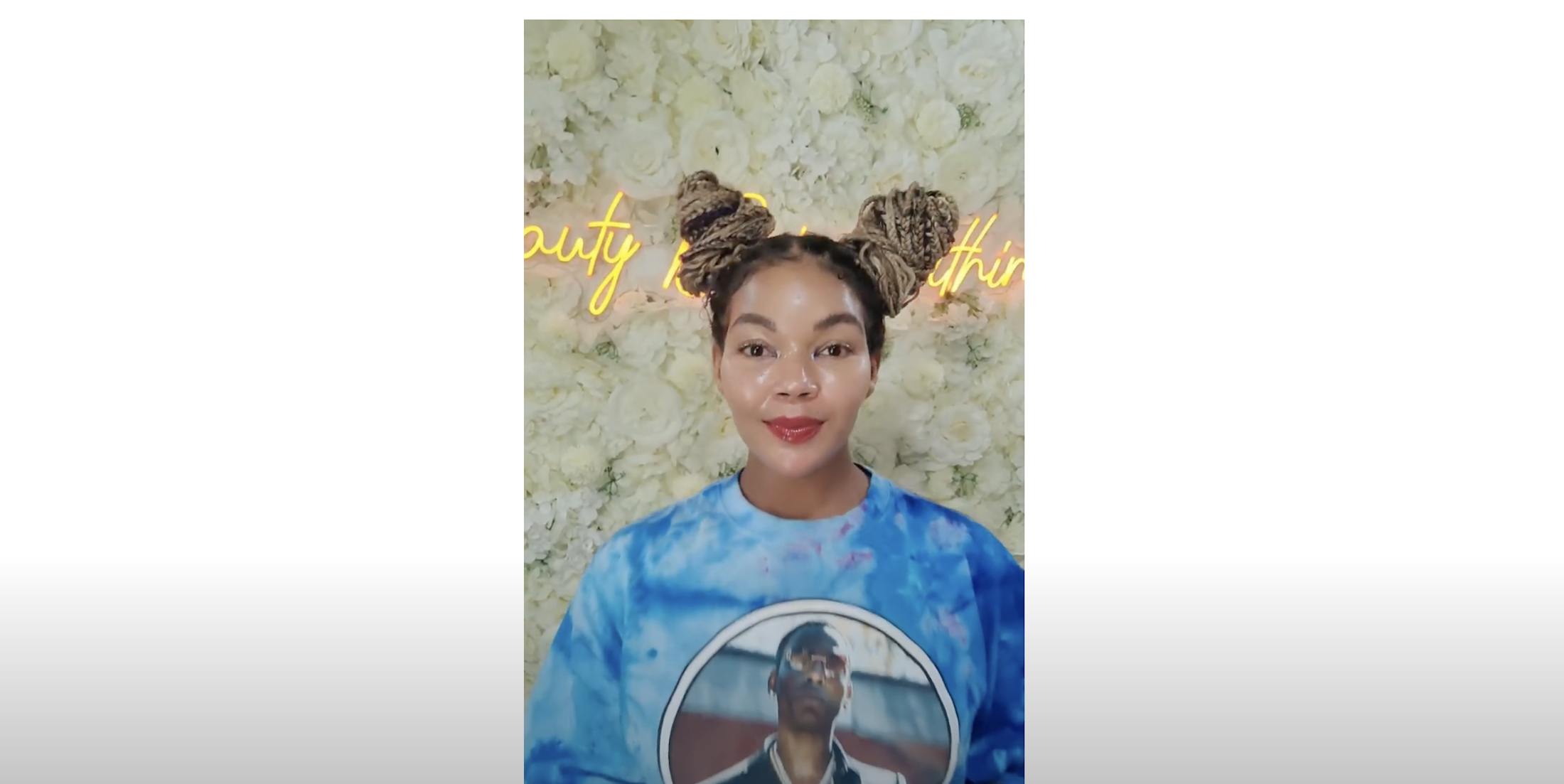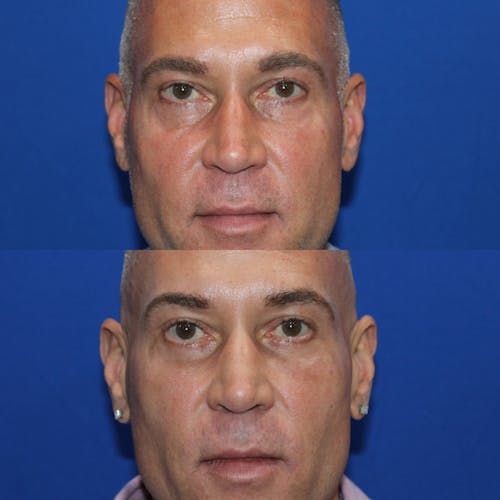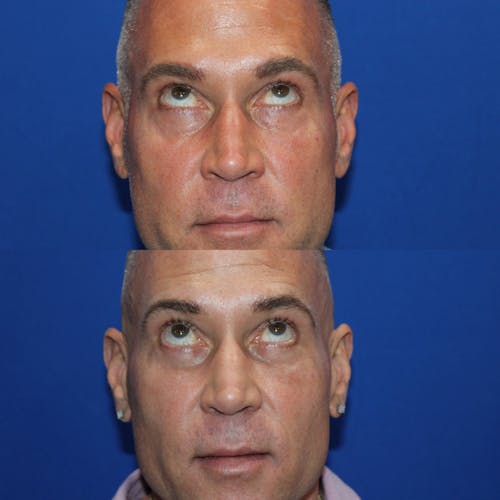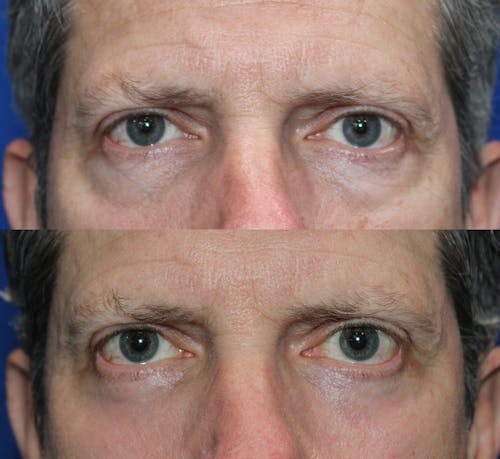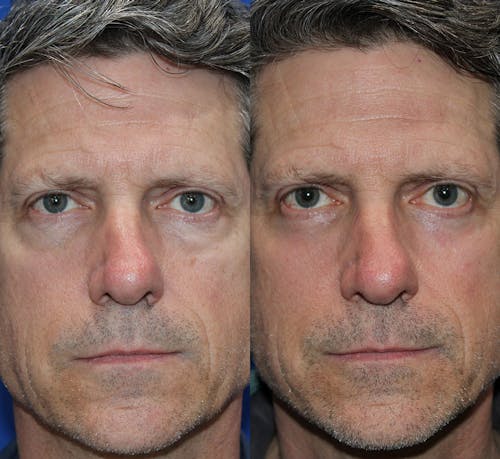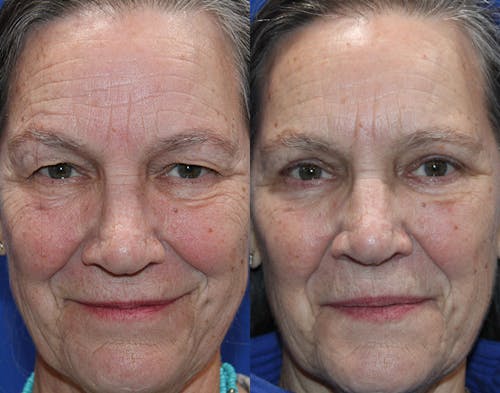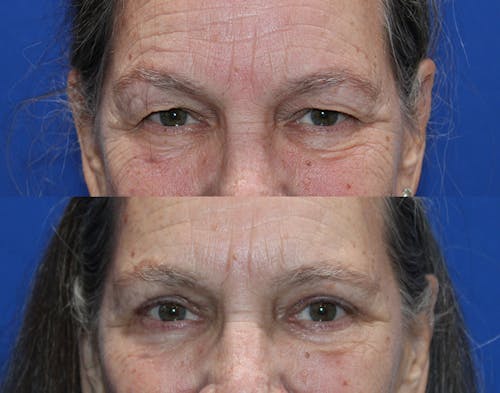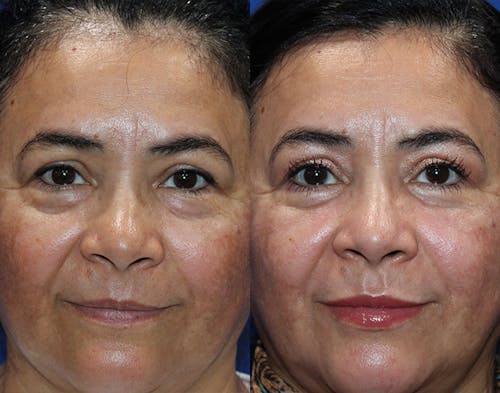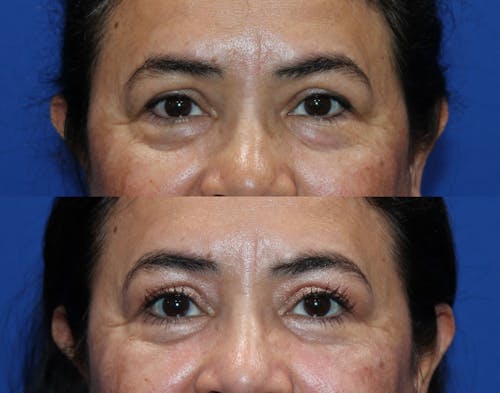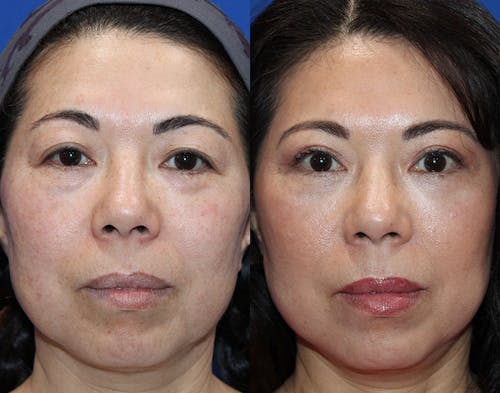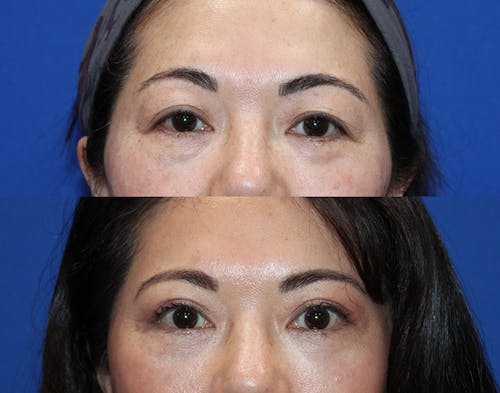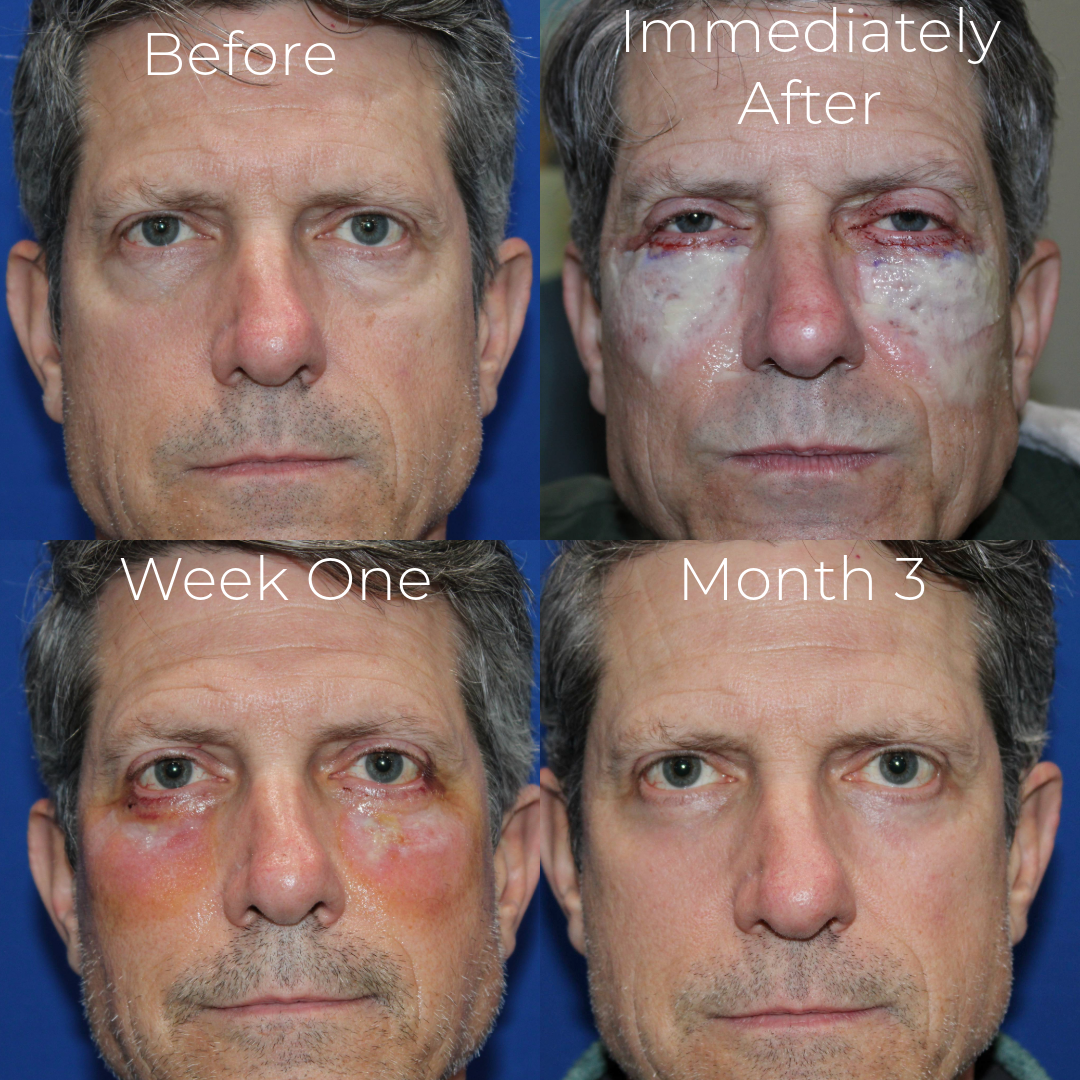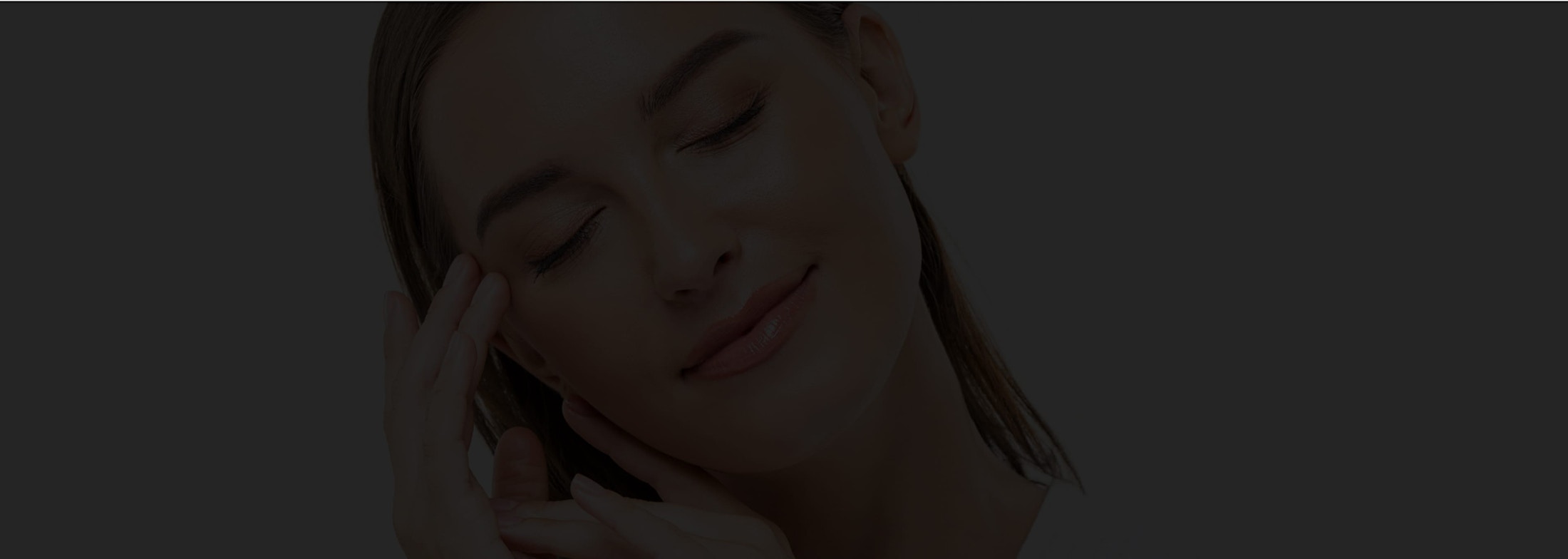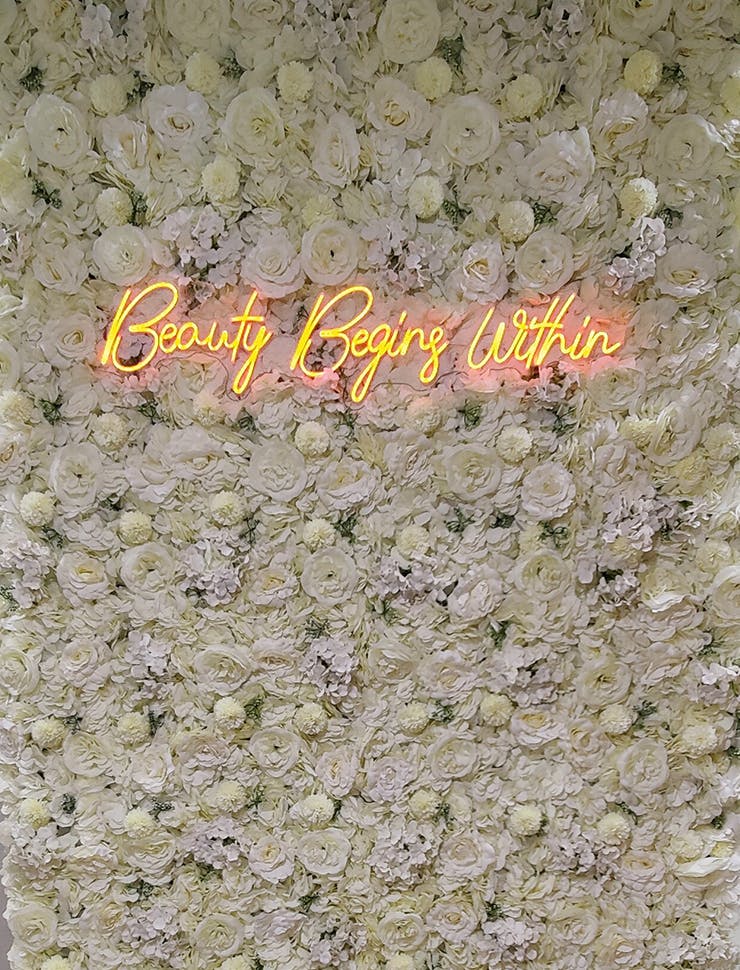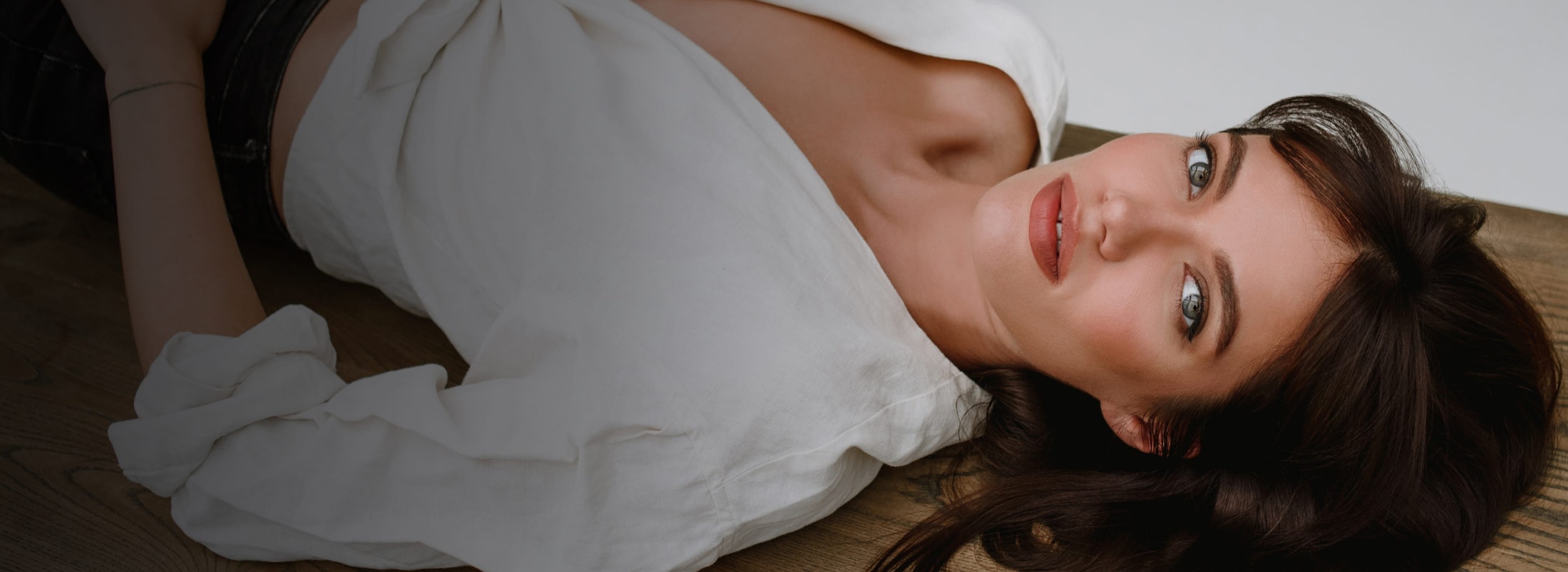The space under our eyes can display a tired or aged look, whether this is a true reflection of how we feel or not. Lower blepharoplasty in Boulder can assist with this.
What Is Lower Blepharoplasty?
Although many under-eye conditions can be exacerbated by stress or aging, they can also appear as a result of genetics. Using a hidden incision, lower blepharoplasty works to tighten or remove the skin, reposition or extract excess fat, and adjust soft tissues in order to create a smooth, natural, and youthful look. Lower blepharoplasty targets the following conditions that may affect the area below the eyes:
- Dark circles or hollowness
- Bags or pockets of fat under the eyes
- Loss of elasticity — stretched or thin skin
- Wrinkles and lines

